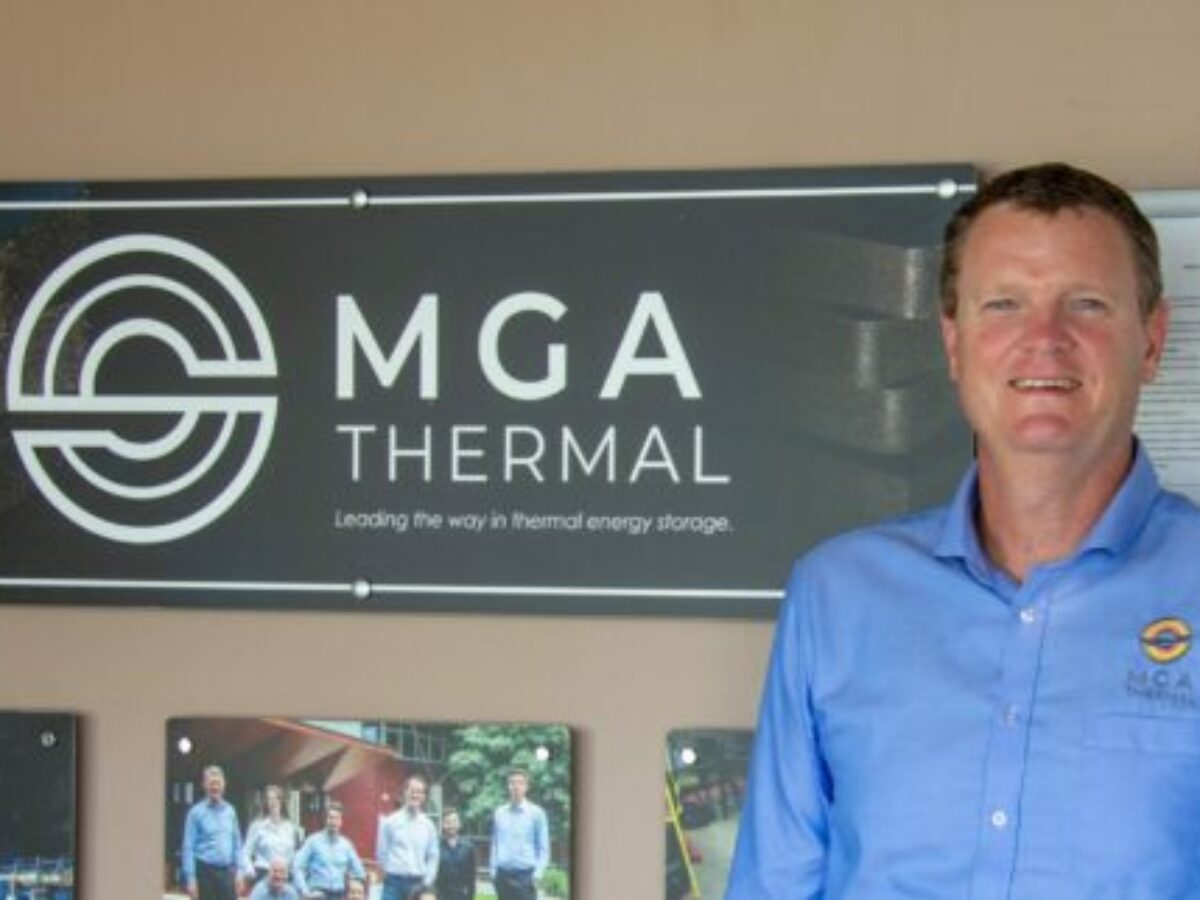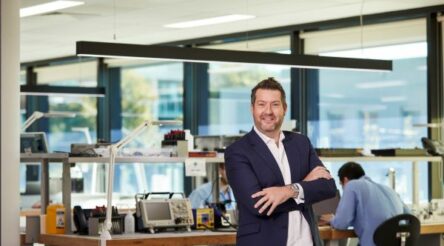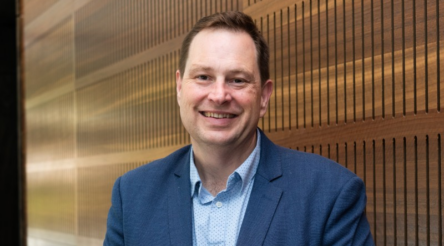Hitting the bricks

In the latest interview with a nominee for our Australia’s 50 most innovative manufacturers list, we learn about MGA Thermal. Brent Balinski spoke to Chief Commercial Officer Mark Croudace about the importance of novelty.
MGA Thermal, one of the high-profile startups in Newcastle’s attempt to reposition itself in the energy transition era, is in the thick of an important project.
In July it is set to launch the very first large-scale application of its technology, a novel phase change material product using alloy particles in graphite bricks to store and release heat over times “ranging from hours to days”.
The Medium Duration Thermal Energy Storage demonstrator (MDTES) at Tomago will stack about 3,700 of MGA’s blocks in a 12 x 3 x 4 metre installation. It will produce data on how well stored heat can create electricity via steam, for up to ten hours at a time, as well as give potential clients an up-close look at how it works.
“We’ve really [benefited] in that Shell Energy globally has been able to provide some insight and advice around how a scale-up of a unit like this might work from an electrical control system design [perspective,]” explains Mark Croudace, MGA’s Deputy CEO and Chief Commercial Officer.
“So the other part to it is that really understanding how to run 100 megawatt hour and up, and charge and discharge 100 megawatt in our electrical systems has also been, in a way, first of a kind.”
MGA was founded in 2019, based on IP around “miscibility gap alloy” material (the MGA in its name) developed at the University of Newcastle.
Want to join @AuManufacturing’s list of Australia’s 50 most innovative manufacturers? Apply to be recognised in this exclusive group here.
According to Croudace, development has been guided by six design tenets.
The blocks are not a repurposed material, unlike some other thermal energy storage methods. They are renewable-friendly (verus the limited dispatchable ability of batteries.) Their very high energy density keeps systems small and able to fit on a brownfields site. There is also a focus on sustainability, on economics and mass-manufacturability, and on inherent safety.
Producing what they make in-house – rather than developing products that are then made under contract – is an important part of MGA’s strategy.
The company’s third plant is currently under construction, and will have capacity for 1,000 of its bricks a day. A planned next phase will output 8,000 per day, and – if all goes well – in 2028 the company will be producing a million bricks a day, equivalent to 240 gigawatt hours of storage capacity created year.
Asked about the focus on keeping production in-house, Croudace explains that it has to do with the vast amount of IP in the blocks.
“So the value for us as a business and the differentiator for us is actually in the blocks, and making sure that we get the manufacturing process sorted well and truly in-house is very important to us,” he tells @AuManufacturing.
“And then actually being able to run the quality control with the R&D lab, also in-house, to support the checks of both the feedstock materials and the blocks on the output side. Both come together elegantly in having the ability to scale up the manufacturing in-house.”
Every interviewee in this series has spoken of innovation in different terms.
For Croudace, he emphasises novelty as a source of advantage. Not that this is in itself novel – describing innovations as, say, new to the company, the country or the world – is common enough.
But different companies will emphasise different things when they explain innovation, for example asking questions and testing theories, focussing on problems not products, or the continuous cycle of improving a product or service.
For MGA, they have a “bespoke design material at core. So innovation is actually the start point,” says Croudace.
“I’d have to say that with two of our founders having PhDs and six PhDs in-house and the level of science and business acumen that’s contained within MGA, innovation is absolutely critical.”
It’s not about new materials for the fun of it, of course. Croudace says there are more than 30 different clients and potential clients from industry that are part of development, with their use cases and problems presumably informing product and service development.
But for MGA, doing what nobody else is doing is central to what it means to be innovative.
“It’s the differentiator between us and a lot of competitors who might be repurposing concrete or rocks or bricks or sand versus development of a material that encapsulates a phase change,” says Croudace.
“So I’d say that innovation is at the very core of what MGA is doing and what differentiates us as a company.”
In this episode of @AuManufacturing Conversations with Brent Balinski, Croudace expands on MGA’s demonstrator project and its approach to innovation, discusses a partnership with knode on Western Australia’s energy shift, and more.
Episode guide
1:18 – Origin story. A four-year-old company commercialising thermal storage technology originating from the University of Newcastle.
3:01 – How their invention works to take in heat to produce “clean steam” later. Advantages over other approaches such as phase change materials.
6:10 – “The main thing we’re focussed on right now is building our own demonstration unit” in Tomago. 5 megawatt hour capacity.
8:20 – Current production output and how this is planned to scale up to one million blocks a day in 2028.
10:18 – The reasons they are opting to produce in-house rather than outsource this.
11:33 – How innovation is understood at MGA, how this is applied, and its role as a differentiator against competitors.
12:48 – An example of innovation at the company: the upcoming demonstrator system.
15:10 – New partnership with knode focussing on Western Australia
17:28 – The two main opportunities identified in WA around energy storage.
19:26 – Attitudes from investors regarding the heavy front-end capital requirements of manufacturing.
Further reading
MGA THERMAL AWARDED $1.27 MILLION BY ARENA TO BUILD DEMONSTRATOR FACILITY
MGA THERMAL’S PILOT PROJECT AWARDED $560,000 BACKING FROM SHELL
@AUMANUFACTURING CONVERSATIONS EPISODE 13 — ARDEN JARRETT FROM MGA THERMAL
Is your company one of Australia’s 50 most innovative manufacturers? We want to hear from you.
PUT YOURSELF FORWARD AT THIS LINK. NOMINATIONS CLOSE AT 5 PM (AEST) ON MAY 26.
WATCH OUR LAUNCH WEBINAR HERE.
![]()
Australia’s 50 Most Innovative Manufacturers is a new campaign by @AuManufacturing. It has been made possible by the generous support of MYOB, SMC Corporation Australia, and Bosch Australia Manufacturing Solutions. Be sure to check back at this website for regular updates including profiles of nominees and other information.
Picture: MGA Thermal/Twitter
Topics Analysis and Commentary Podcast
@aumanufacturing Sections
Analysis and Commentary Awards Defence Manufacturing News Podcast Technology Videos










